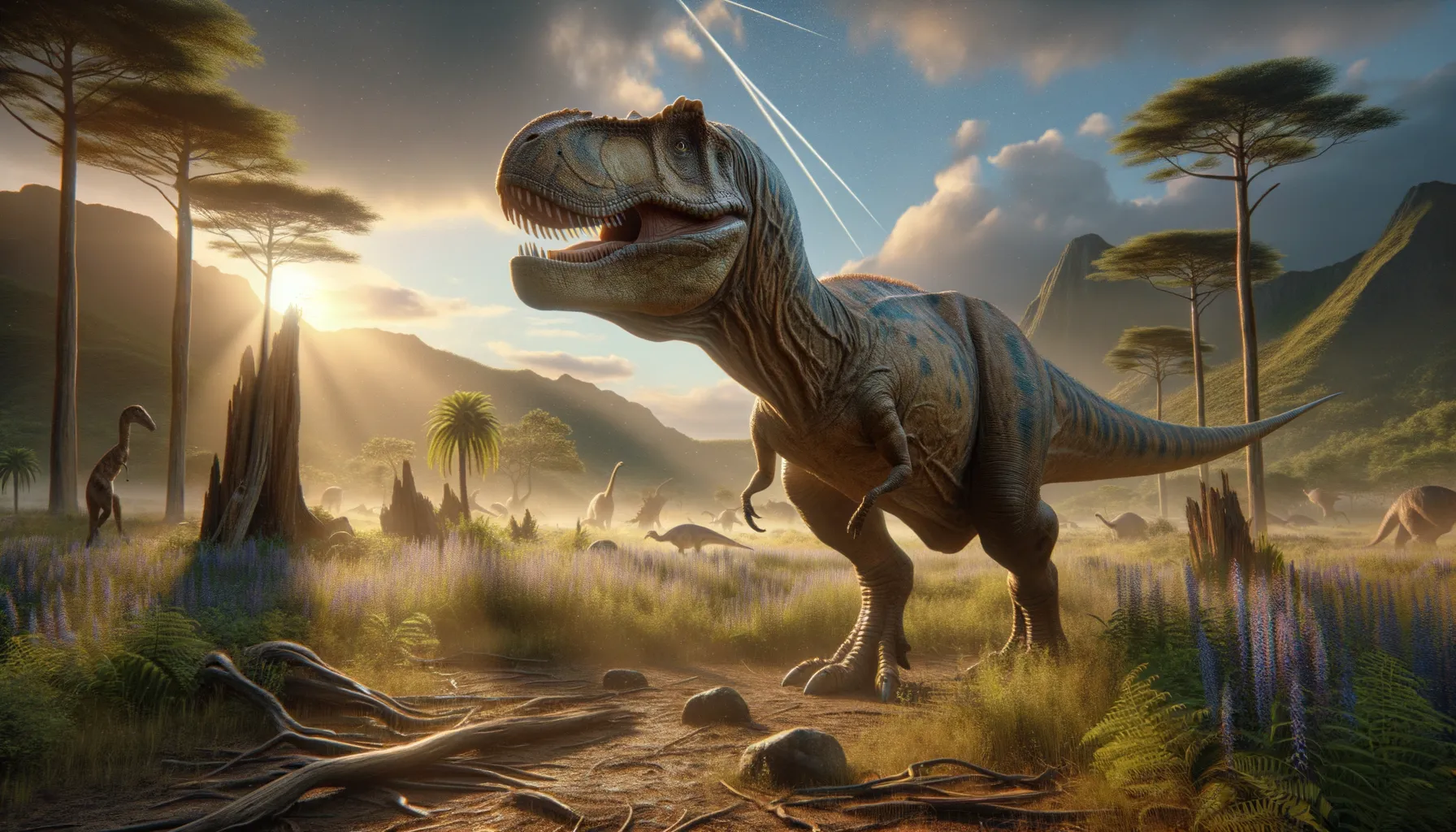
Azendohsaurus
A surprising ancient plant-eater.
Period
Triassic
Length
Measured about 3 to 4 meters in length.
Height
Stood approximately 1 meter tall at the shoulders.
Weight
Weighed around 20 to 50 kilograms.
Azendohsaurus was an intriguing early dinosauriform that roamed the Earth during the late Triassic Period. Initially thought to be a dinosaur, it turned out to be a member of a different group known as archosauriforms. With its plant-eating habits, Azendohsaurus played a role in the herbivorous ecosystems of its time, bringing about new insights into the diversity of Triassic life.
Diet
Azendohsaurus was primarily a herbivore. It adapted well to eating a variety of plant materials, with its teeth designed for processing tough vegetation.
Hunting
Although not a predator, Azendohsaurus may have foraged for leaves and other plant matter, using its strong jaw muscles. Its diet possibly consisted of low-lying shrubs and ferns.
Environmental challenges
During the Triassic Period, Azendohsaurus faced variable climates as Pangaea gradually split apart. It needed to adapt to changes in vegetation and competition for resources during dry spells. The shifting continental landscape also meant new predators and environmental conditions to navigate.
Speed
Likely slow-moving due to its bulky build.
Lifespan
Estimated to be several decades, typical for reptiles.
First discovery
Discovered in 1972 in the Atlas Mountains, Morocco.
Fun Facts
- Azendohsaurus was originally thought to be a type of dinosaur but is now understood to be a reptile closely related to the early archosauromorph lineage.
- It lived during the Late Triassic period, about 230 million years ago, in what is now North Africa.
- Unlike many of its contemporary relatives, which were carnivorous, Azendohsaurus was herbivorous, meaning it ate plants.
- The name Azendohsaurus comes from the village of Azendoh in Morocco, where its fossils were first discovered.
- It had teeth on the roof of its mouth, which helped it efficiently chew tough vegetation.
- Azendohsaurus was a ground-dwelling creature with a stocky build, giving it a unique appearance among its peers.
- Its discovery has provided important insights into the evolutionary transition from reptiles to more advanced herbivore species.
Growth and Development
Azendohsaurus likely underwent steady growth after hatching from eggs, gradually increasing in size throughout its life. Like many reptiles, it may have experienced periods of rapid growth during favorable seasons. Its development was likely influenced by environmental factors and availability of food.
Habitat
Azendohsaurus inhabited lush, forested regions during the Triassic, where it had access to abundant plant life. The diverse vegetation in its habitat provided both food and shelter. This environment fostered a complex ecosystem balancing plant-eaters and their predators.
Interaction with other species
Azendohsaurus coexisted with both predators and other herbivores in its ecosystem. Its presence as a plant-eater contributed to environmental balance. It may have lived in loose groups, offering safety in numbers against carnivorous threats.
Natural lifespan
Azendohsaurus might have lived for several decades under natural conditions.
Reproduction
Azendohsaurus likely reproduced by laying eggs, similar to other archosauriforms. The eggs would have been incubated in nests, potentially hidden among vegetation. Hatchlings were vulnerable to predators, relying on concealment and rapid growth for survival.
Social behaviour
Azendohsaurus might have exhibited some degree of social behavior, particularly during feeding or nesting. It could have lived in small groups to enhance survival chances. Social interactions might have included mutual grooming or communal nesting spaces.
Fossil locations
Fossils of Azendohsaurus have primarily been found in Morocco. Additional specimens have been uncovered in Madagascar, expanding its known range. These findings underscore the widespread distribution of early archosauriforms during the Triassic.
